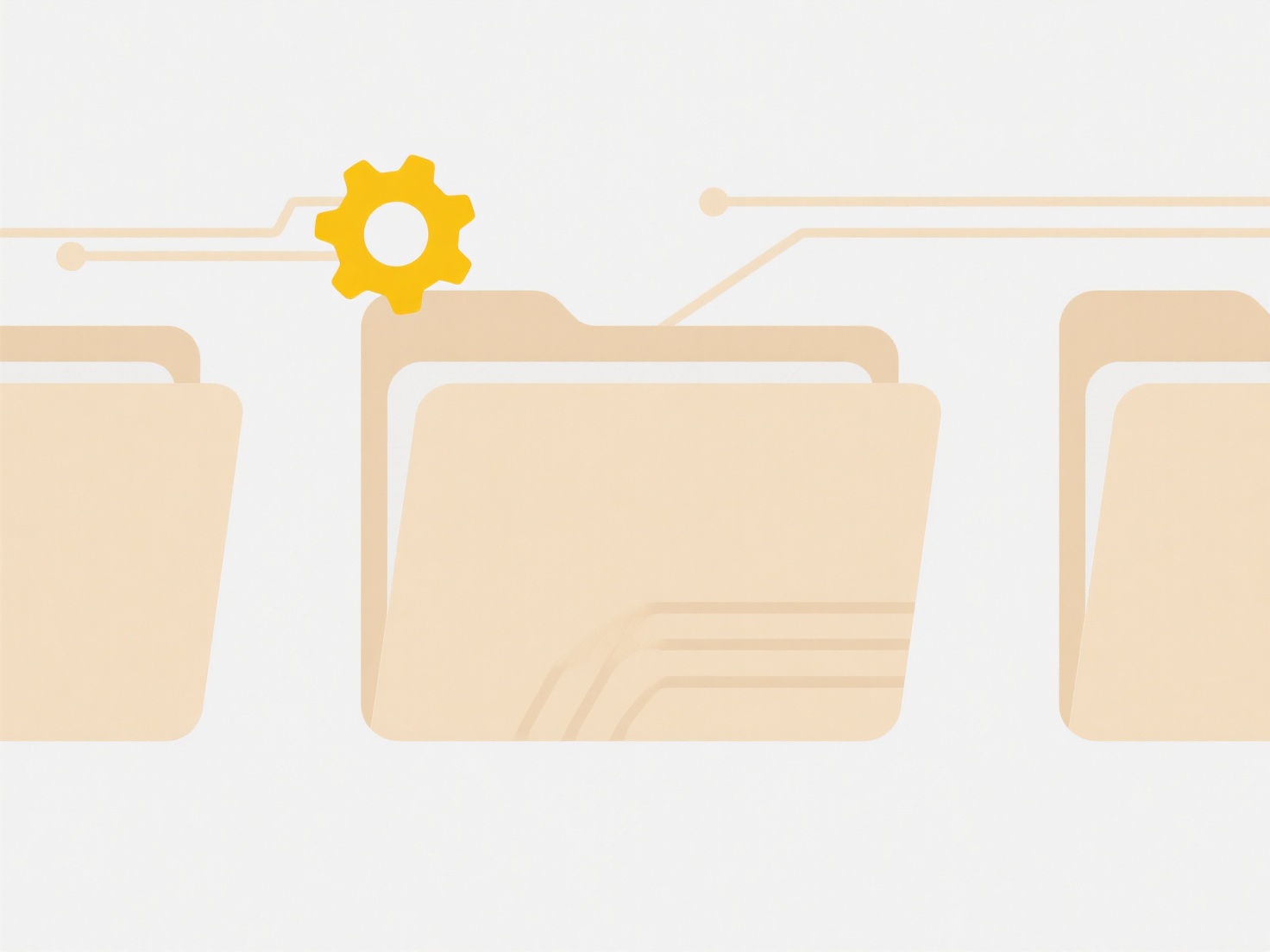
Duplicate files occur when identical copies of data reside unnecessarily in a storage system. They often aren't detected early due to technical and practical limitations. Real-time detection across massive volumes is computationally expensive, requiring constant resource-intensive scanning that slows down systems. Therefore, detection is frequently deferred, relying on scheduled scans or specific user actions, allowing duplicates to accumulate unnoticed until storage fills up or performance degrades.
For instance, personal cloud storage services like Google Drive or Dropbox typically scan for duplicates only during upload or as periodic background tasks, not continuously monitoring every file action. Similarly, large media libraries on local computers can harbor duplicate photos or videos that remain hidden until a dedicated cleanup utility is manually run by the user, often when low-disk-space warnings appear.

While deferring detection saves system resources during normal operation, its main limitation is allowing wasted storage and inefficiency to build over time. This consumes costly capacity, complicates backups, and hinders searches. Future improvements involve AI-powered incremental scanning for changes and smarter default settings triggering checks sooner. Ethically, delayed detection contributes to greater energy consumption for storing redundant data. Widespread adoption is increasing as storage costs remain a concern.
Why are duplicate files not detected until too late?
Duplicate files occur when identical copies of data reside unnecessarily in a storage system. They often aren't detected early due to technical and practical limitations. Real-time detection across massive volumes is computationally expensive, requiring constant resource-intensive scanning that slows down systems. Therefore, detection is frequently deferred, relying on scheduled scans or specific user actions, allowing duplicates to accumulate unnoticed until storage fills up or performance degrades.
For instance, personal cloud storage services like Google Drive or Dropbox typically scan for duplicates only during upload or as periodic background tasks, not continuously monitoring every file action. Similarly, large media libraries on local computers can harbor duplicate photos or videos that remain hidden until a dedicated cleanup utility is manually run by the user, often when low-disk-space warnings appear.

While deferring detection saves system resources during normal operation, its main limitation is allowing wasted storage and inefficiency to build over time. This consumes costly capacity, complicates backups, and hinders searches. Future improvements involve AI-powered incremental scanning for changes and smarter default settings triggering checks sooner. Ethically, delayed detection contributes to greater energy consumption for storing redundant data. Widespread adoption is increasing as storage costs remain a concern.
Quick Article Links
What’s the best way to name image or media files?
The best way to name image or media files involves using descriptive, consistent, and meaningful labels. Good filenames ...
Why can’t I open a 3D model file (.obj, .fbx)?
You might be unable to open a 3D model file (like .obj or .fbx) primarily due to software incompatibility. These are spe...
Can I export my file in compressed format?
Compressed format refers to reducing the file's size using algorithms that eliminate redundancy or represent data more e...